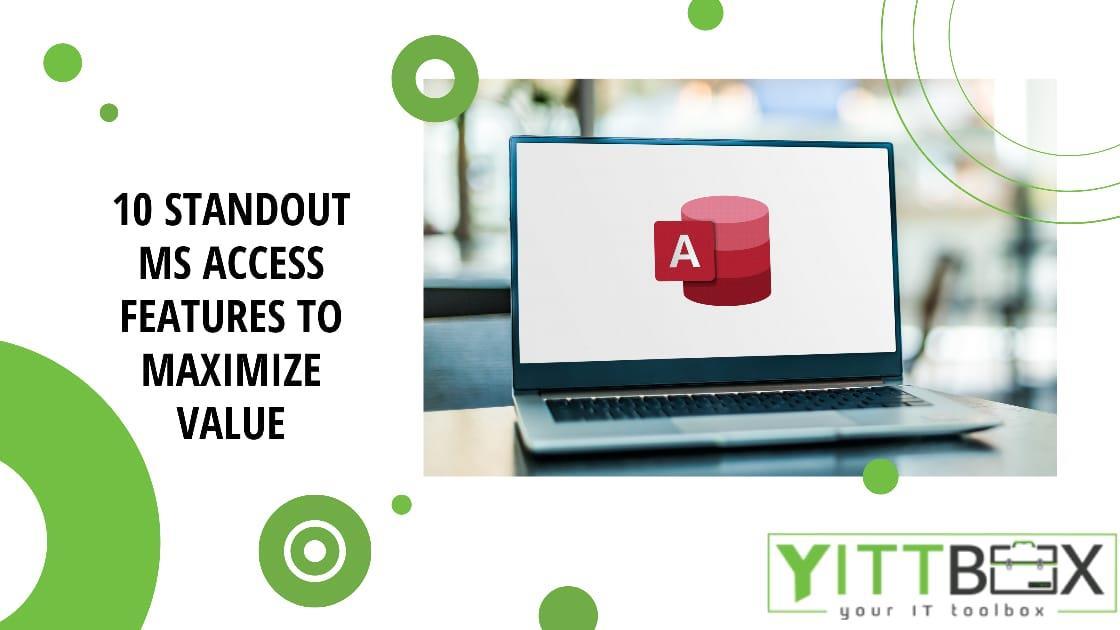React Instantly to KPI Shifts with Power BI Alerts
In business today, reacting late can cost you everything. Waiting for weekly reports or relying on someone to flag an issue? That’s no longer good enough. If a sales number drops, a stock runs low, or an expense suddenly spikes, you need to know now, not tomorrow. That’s where Power BI alerts step in. These automated notifications keep an eye on your critical metrics so you don’t have to. They help you catch shifts in real time and take action before things escalate.
What Exactly Are KPI Alerts in Power BI?
KPI alerts in Power BI are automated signals that notify you when a specific metric crosses a threshold. Maybe sales fall below a set goal or daily active users spike unexpectedly. These alerts are set up on dashboard visuals like cards or gauges inside the Power BI web service. Once triggered, the alert can be sent directly to your email or pushed into Microsoft Teams.
It’s like having a digital assistant watching your numbers 24/7 and tapping you on the shoulder when something changes.
How to Set Up Power BI Alerts in a Few Clicks
Getting started is simple and doesn’t require any coding. Just follow these steps:
Open Power BI Service (app.powerbi.com)
Pin the visual you want to monitor to a dashboard
Click the three dots (More Options) on the tile and choose "Manage Alerts"
Select "Add Alert Rule" and enter the threshold that matters to you
Decide how often you want to be notified (once, every hour, etc.)
Save the alert
From there, Power BI takes over. When that value hits your set point, you’ll get notified immediately.
Why Real-Time Alerts Give You a Business Edge
These alerts do more than just save time. They create awareness when it actually matters. Instead of reviewing stale reports or waiting for someone to notice a problem, you’ll be the first to know. That means:
You catch performance drops before they become a problem
Your teams respond faster and smarter
You spend less time monitoring dashboards and more time making decisions
It’s a smart way to shift your organization from being reactive to being proactive.
Level Up with Power Automate
Want to take it even further? Pair Power BI alerts with Microsoft Power Automate. Now you can:
Automatically message a sales rep in Teams when revenue dips
Send alerts to Slack if support tickets exceed limits
Add entries to Excel or trigger workflows in SharePoint
This turns your alerts into automated actions. No follow-ups, no chasing, no guesswork.
Real-World Examples Where These Alerts Shine
These aren’t just hypothetical use cases. Here’s how teams are using alerts right now:
Revenue Tracking: Get notified the second your numbers drop below target
Inventory Control: Spot low stock levels before they cause delays
Customer Support: Monitor open tickets and act before things pile up
Marketing: Know exactly when campaign performance shifts
Web Traffic: Get alerts when engagement trends go off track
When these systems are in place, teams respond faster and more confidently, because they have the facts in front of them.
What You Should Know Before Using Alerts
Like every tool, Power BI alerts have a few guardrails:
They only work in the Power BI online service, not the Desktop app
Alerts must be set on tiles like cards or gauges, not full-page visuals
You’ll need a Pro license to share alerts across your organization
The alert must be set on dashboard visuals, not inside report pages
Knowing this upfront helps you set up alerts in the right places and avoid frustration.
Conclusion: From Data Watching to Data Acting
Power BI alerts are more than just reminders. They shift your entire data experience from passive tracking to real-time reaction. With alerts in place, you don’t have to wonder if something’s changed, you already know. That means faster responses, smarter actions, and fewer surprises.
In a world where speed and accuracy make all the difference, real-time alerts aren’t just useful. They’re essential.

.png)





